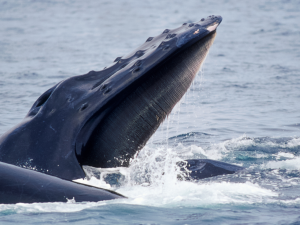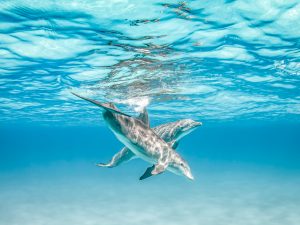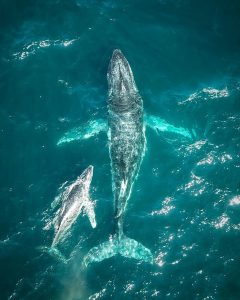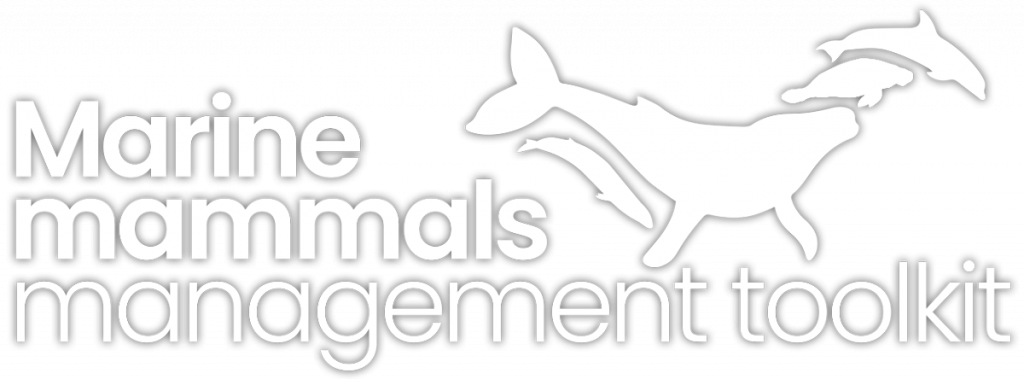A deep-water acoustic observatory for real-time detection and localization of vocalizing sperm whales was developed, deployed and operated for two 3-month periods in summer 2020 and 2021, off south-west Crete in the Eastern Mediterranean Sea, in the framework of the SAvEWhales project.
Regular clicks, pulsed sounds produced by the diving animals, were detected and localized using a large-aperture array of three hydrophones suspended from surface buoys at depths of about 100 m and 1-2 km apart.
Travel times of significant arrivals, arrivals with magnitude above a certain threshold, were extracted in situ and transmitted, together with other supporting data, via mobile broadband to a land-based analysis center. Upon reception, the data from all buoys were combined to enable detection and 3D localization of vocalizing animals exploiting direct and surface-reflected arrivals and using a Bayesian approach. The large separations between hydrophones resulted in small localization uncertainties for ranges up to 7 km; on the other hand, they posed significant challenges related to synchronization and peak association between the buoys, as well as because of the directionality of sperm whale clicks.
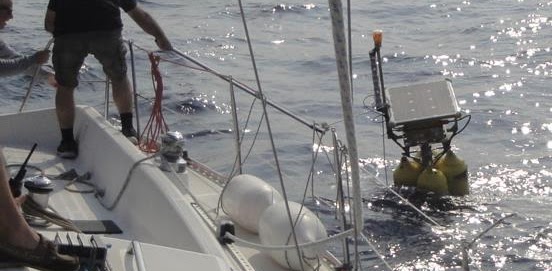
The integrated observing system which has been successfully tested in detecting and localizing sperm whales can have a significant effect in mitigating ship strikes on whales, the prominent threat for sperm whales in the Eastern Mediterranean Sea, by providing information about the presence and location of the animals in real time.
Learn more about the research project here.
More resources and guidance on vessel strikes can be found in the collision/strike factsheet of the Marine Mammal Management Toolkit.



